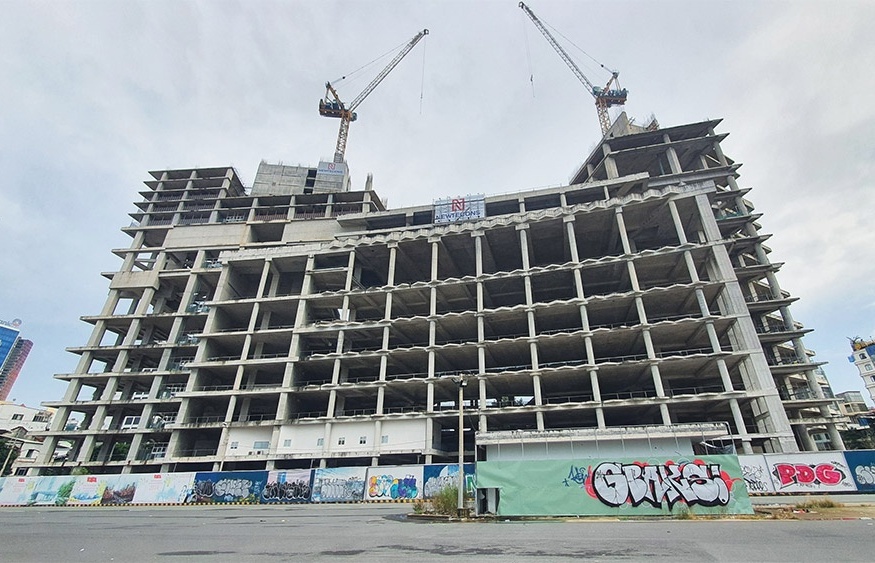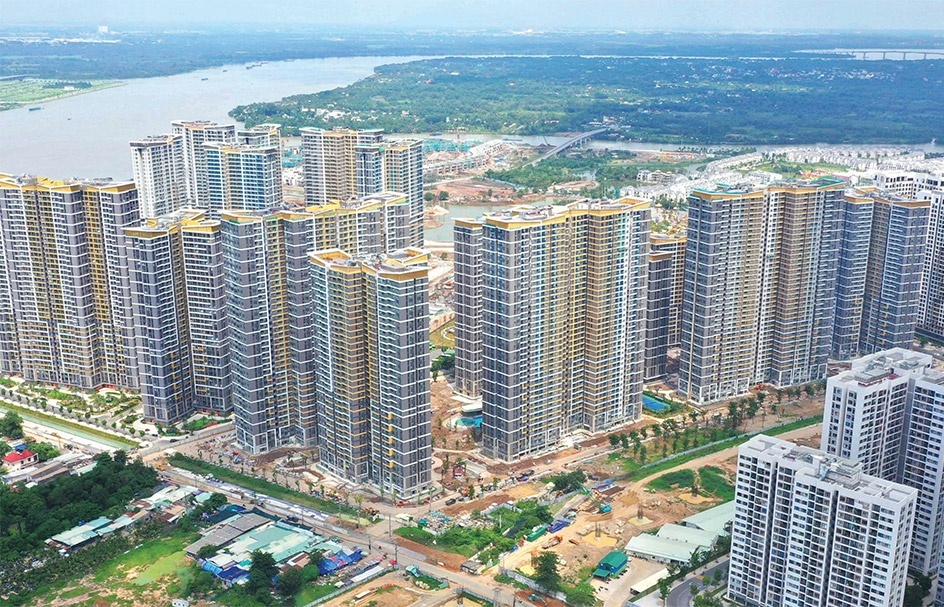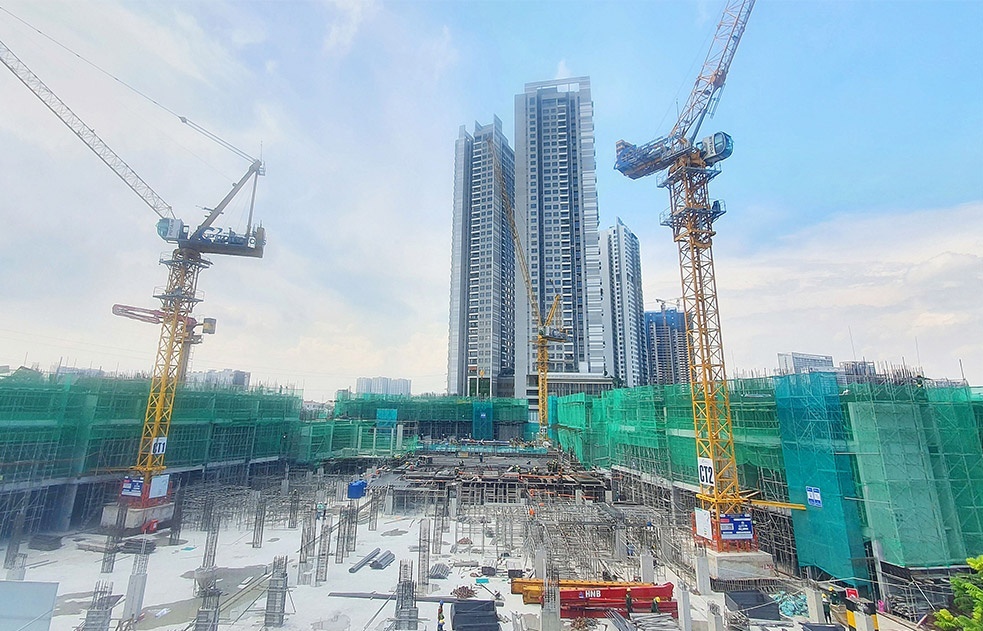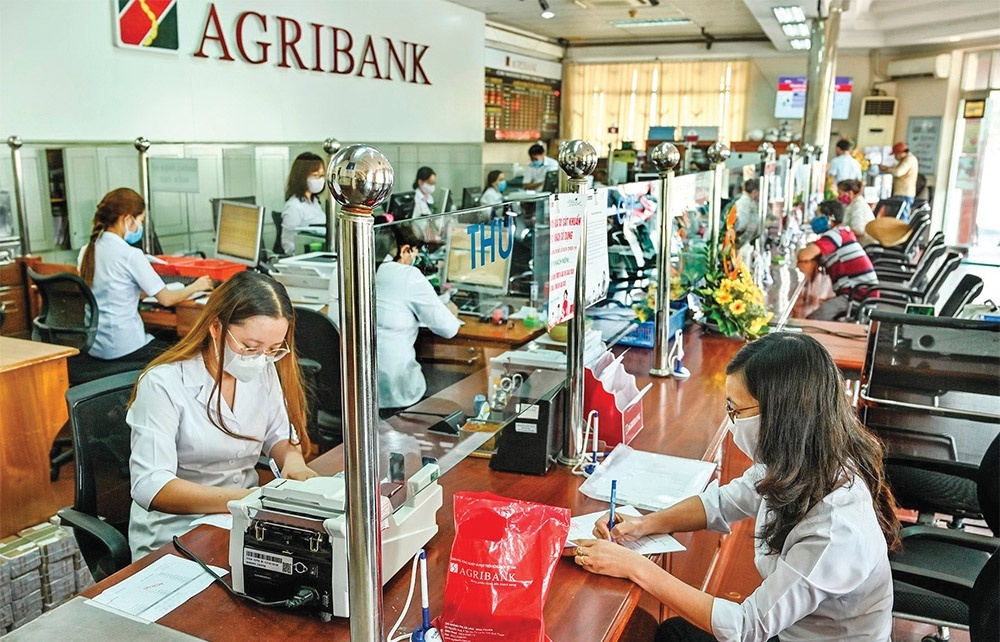Guiding hand keeps property credit cool
 |
| There have been increasing moves to muscle property speculators out of the market |
Last week, the State Bank estimated total property sector outstanding bank loans in 2010 reached VND228 trillion ($11.7 billion), a 23.5 per cent increase against the end of 2009.
Nguyen Phuoc Thanh, Vietcombank general director, said that boosting credit growth was difficult in 2010.
“Vietcombank maintains its target to have a credit growth rate of 20 per cent for the full year. However, property sector banks are more cautious in lending to maintain regulated safe ratios,” said Thanh.
He said the bank’s property sector loans stood at 10 per cent of total outstanding loans by end of October, 2010.
HD Bank deputy general director Dam The Thai said that the high lending rate also discouraged customers from borrowing money. “Currently, banks are charging an interest rate of 17-19 per cent, per year to individual customers for buying houses. This is too high to bear,” said Thai.
Le Xuan Nghia, deputy chairman of the National Financial Supervision Commission, said property banking credit, making up fewer than 10 per cent of total outstanding credit, was under control. “A property bubble, from our study, is only possible for economies with annual incomes per capita of a minimum of $5,000,” said Nghia.
It should be noted that in 1997 the asset bubble, which touched off the Asian financial crisis, appeared as credit dried up even to reputable property developers’ ongoing projects.
Thanh said that although risks associated with loans to property sector might be higher than others, the authority should not apply a common loan loss provision ratio to all types of property sector loans.
“For instance, risks for an individual mortgage loan are more different from loans to a property developer,” said Thanh.
With Circular 13 and 19/2010/TT-NHNN coming into effect since October 2010, the State Bank applied a 250 per cent risk ratio for property sector loans against ordinary loans. For instance, if a bank extended the first $1 million to a steel manufacturing company and another $1 million to a property developer, the latter would have to bear loan loss provision 2.5 times higher than the first loan.
The State Bank clearly stated its purpose upon releasing the circular to better control possible asset bubble and pre-emotively rule out a possible surge in non-performing loans. Also, the move was made to drive banking credit into manufacturing sectors.
In the latest move in early November, the Vietnam Banking Association (VNBA) submitted a policy comment to the State Bank regarding the 250 per cent ratio.
VNBA general secretary Duong Thu Huong said various types of property related bank loans carried different risk levels and a more detail legal framework should be released.
“Furthermore, applying a uniform risk ratio of 250 per cent to property loans against ordinary loans has actually pushed up risky assets in banks to levels higher than they should be,” added Huong.
What the stars mean:
★ Poor ★ ★ Promising ★★★ Good ★★★★ Very good ★★★★★ Exceptional
Related Contents
Latest News
More News
- Lowered lending rates to facilitate capital access (November 07, 2024 | 09:27)
- 2024 sees $1.41 billion in fintech funding so far (November 07, 2024 | 08:13)
- Bitcoin hits new record high of more than $75,000 (November 06, 2024 | 14:38)
- VIB receives award for card design feature (November 06, 2024 | 13:30)
- Krungsri to purchase remaining 50 per cent of SHBFinance's charter capital early (November 05, 2024 | 17:05)
- MB Economic Insights 10th: A decade of accompanying import-export businesses (November 05, 2024 | 14:37)
- Citi report discusses economics of philanthropy (November 05, 2024 | 10:17)
- Monetary policy flexible and stable (November 03, 2024 | 14:47)
- SeABank builds on strong risk management formula (November 03, 2024 | 14:38)
- Citi report highlights common language for global payments (November 01, 2024 | 15:59)



 Tag:
Tag:





















 Mobile Version
Mobile Version